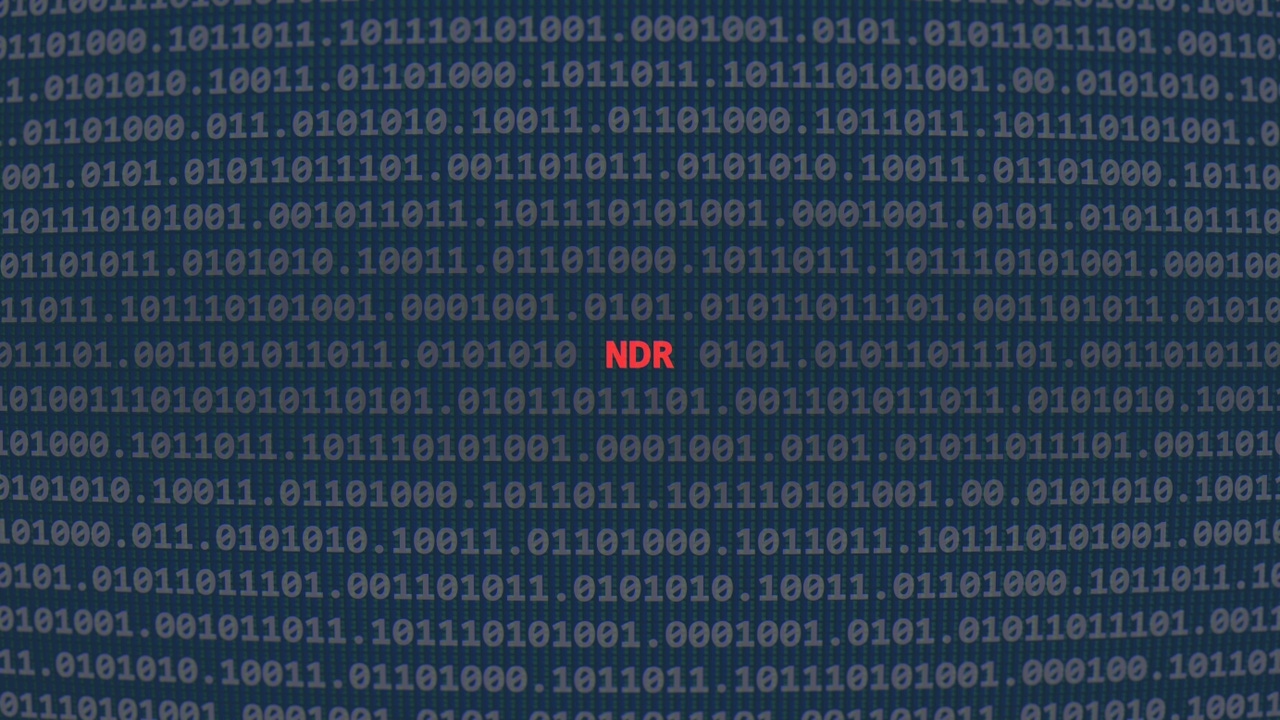4 Reasons Why Network Detection and Response is the Future of Cybersecurity
EDR and SIEM still have their place in a rounded cybersecurity defense plan. But without NDR, they are increasingly unequipped to handle today's sophisticated, perpetually evolving threats.
August 26, 2024

The last decade has required businesses to revise several fundamental assumptions about cybersecurity rapidly. Of these, the role of endpoint protection has undergone the most significant shift. After all, endpoints are now everywhere. Between the proliferation of the cloud and the rise of remote work, can traditional endpoint detection really be relied on to ward off attackers?
Given the continued (and seemingly unending) rise in cyberattacks worldwide, the answer is a definite no. The real question is: how can organizations protect their assets without sacrificing the flexibility afforded by the latest technologies? Coupling Endpoint Detection Response (EDR) with Security and Information Event Management (SIEM) systems is one well-established answer, but ultimately, EDR and SIEM represent just two prongs of a three-pronged approach.
That third prong—often neglected by IT teams—is called Network Detection and Response (NDR). However, your IT and security teams should prioritize using it as part of their cybersecurity toolkit.
1. NDR Directly Analyzes Traffic Inside Your Network
EDR and SIEM tools are indispensable additions to any cybersecurity toolkit. When suspicious activity occurs at endpoints, EDR is highly effective at flagging it. SIEM, meanwhile, is hugely valuable for collecting and analyzing log data. SIEM tools are only as good as their sources of data. The connection with NDR is that NDR can feed the data (detected events) to SIEM for streamlined security management.
That said, both methods have blind spots. If an attacker has already gained access to a network and is hopping between systems, EDR will not detect this activity. On the other hand, SIEM can sometimes be too good at its job—collecting so much log data that suspicious activity is concealed or buried beneath false positives.
NDR, in this context, is the missing ingredient. It directly analyzes network traffic patterns for anomalies, deploying advanced analytics and threat intelligence to break through the noise and surface instant, actionable security insights. The standard analogy here is the most effective: if EDR is the security guard at the door of a building, and SIEM is the CCTV system monitoring its exterior, NDR is the agile internal patrol. It monitors each room of the building 24/7/365, spotting intruders before they can wreak havoc on your business.
2. Unlike EDR and SIEM, NDR is Agentless
The agent-based approach has historically been the Achilles' heel of EDR and SIEM solutions, causing endless management headaches. Precisely because NDR is agentless, it removes this problem—unraveling the tangled complexity of your networks and granting you a comprehensive view of your operations, whether on-premises, in the cloud, or in any of the places between. Accordingly, businesses can scale their cloud operations without sacrificing one iota of security.
This functionality is helped by the latest advancements in machine learning and behavioral analysis. Anomalies are swiftly identified. With NDR, every inch of your digital property is monitored simultaneously.
3. NDR Can Analyze Encrypted Traffic
For some time now, encryption has been one of the most effective tools in the attacker’s arsenal. They have long depended on the fact that EDR and SIEM solutions use deep packet inspection to detect threats and subsequently struggle with encrypted activity.
NDR doesn't have this problem. To return to the building analogy from earlier, NDR not only roams each "room" of your network but also does so while equipped with an X-ray device. It can analyze encrypted traffic and subsequently detect concealed malicious activity that would otherwise remain in the shadows.
Put otherwise: attackers have no place to hide when EDR and SIEM are coupled with NDR.
4. Through Machine Learning, NDR Identifies Threats Proactively
The idea behind the Triad is strength in diversity. The capabilities of each solution make up for the weaknesses of the other two. EDR is the only window into endpoints, SIEMs can process the wealth and depth of logs (and even use network data as a source), and NDR offers a holistic network perspective. So, although NDR cannot see into endpoints and does not provide the same depth as logs, in some cases, it may even be the only layer of defense since not every endpoint allows installing an agent, and SIEMs may not always see everywhere. NDR is an essential component in the kind of layered security that is required to combat modern threats.
By contrast, NDR can learn on the job through the deployment of machine learning, adaptive baselining, and heuristic algorithms. Where EDR and SIEM are reactive, NDR is decidedly proactive and can identify new and emerging threats long before problematic signatures are flagged and listed. Given the continued rise in zero-day attacks—i.e., attacks on unknown or unaddressed security flaws—this is an indispensable capability.
Again, EDR and SIEM still have their place in a rounded cybersecurity defense plan. But without NDR, they are increasingly unequipped to handle today's sophisticated, perpetually evolving threats. There is a reason Gartner has gone so far as to codify EDR, NDR, and SIEM as the SOC Visibility Triad. EDR and SIEM without NDR is like a car with airbags but no seatbelts: better than nothing, but not very likely to keep you safe in the long run. Deployed in tandem, though, these tools provide the best available option for organizations hoping to detect unwelcome intruders proactively.
About the Author
You May Also Like




